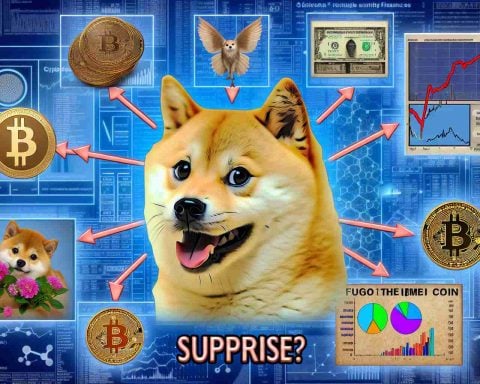As businesses strive to reduce their carbon footprints, the adoption of sustainable practices in agriculture and forestry is gaining prominence in the global market for carbon credit validation, verification, and certification. These sectors play a crucial role in sequestering carbon through activities like afforestation and soil carbon enhancement, aligning with international efforts to combat climate change.
Innovations in technology, such as remote sensing and blockchain, are revolutionizing the monitoring and verification of carbon credits. These advancements ensure transparency and accuracy, enhancing market confidence in the credibility of carbon reduction projects.
North America emerges as a key player in the carbon credit market, driven by stringent regulatory frameworks and corporate initiatives promoting sustainability. The region’s commitment to environmental action fuels demand for verification services, making it a significant contributor to the global market.
Key market players, including VERRA, Gold Standard, and DNV GL, are leading the way in providing validation, verification, and certification services to meet the growing demands of businesses and investors for credible carbon credits.
The convergence of sustainability strategies, technological advancements, and regulatory support underscores the pivotal role of agriculture, forestry, and innovative solutions in shaping the future of carbon markets.
Exploring the Full Spectrum of Sustainable Innovations in Carbon Markets
In the realm of sustainable innovations within carbon markets, there exist a myriad of lesser-known factors that significantly influence the landscape. One crucial aspect that merits attention is the role of renewable energy projects in carbon credit generation. Projects related to wind, solar, and hydroelectric power contribute to reducing greenhouse gas emissions and play a vital role in the carbon market ecosystem.
What are the environmental co-benefits associated with sustainable innovations in carbon markets?
Sustainable innovations in carbon markets not only aid in reducing carbon emissions but also yield several environmental co-benefits. These include conserving biodiversity, protecting water resources, and promoting sustainable land use practices. In essence, the positive impacts extend far beyond just carbon sequestration.
What are the key challenges facing the implementation of sustainable innovations in carbon markets?
One of the critical challenges facing the implementation of sustainable innovations in carbon markets is the issue of additionality. Ensuring that carbon reduction projects are additional and lead to real emissions reductions beyond business-as-usual scenarios is crucial for maintaining the integrity of carbon credits. Additionally, monitoring and verifying the long-term effectiveness of projects pose significant challenges.
Advantages and Disadvantages of Sustainable Innovations in Carbon Markets:
Advantages:
– Sustainable innovations in carbon markets provide a mechanism for companies to offset their carbon footprints and demonstrate environmental responsibility.
– These initiatives stimulate technological advancements and promote the development of green solutions across various sectors.
– Investing in sustainable innovations can lead to long-term cost savings and improve a company’s reputation among environmentally conscious consumers.
Disadvantages:
– The complexities of carbon market mechanisms and regulatory frameworks can be daunting for businesses, especially smaller enterprises.
– There is a risk of greenwashing, where companies overstate their environmental commitments or misrepresent the impact of their carbon reduction projects.
– Market volatility and uncertainty surrounding future regulations can pose challenges for businesses looking to invest in carbon credits.
In conclusion, sustainable innovations in carbon markets hold immense potential to drive positive environmental change and shape a more sustainable future. By addressing key questions, understanding challenges, and weighing the advantages and disadvantages, stakeholders can navigate this evolving landscape with greater clarity and insight.
For further information on sustainable innovations and carbon markets, visit United Nations – Climate Change.




















